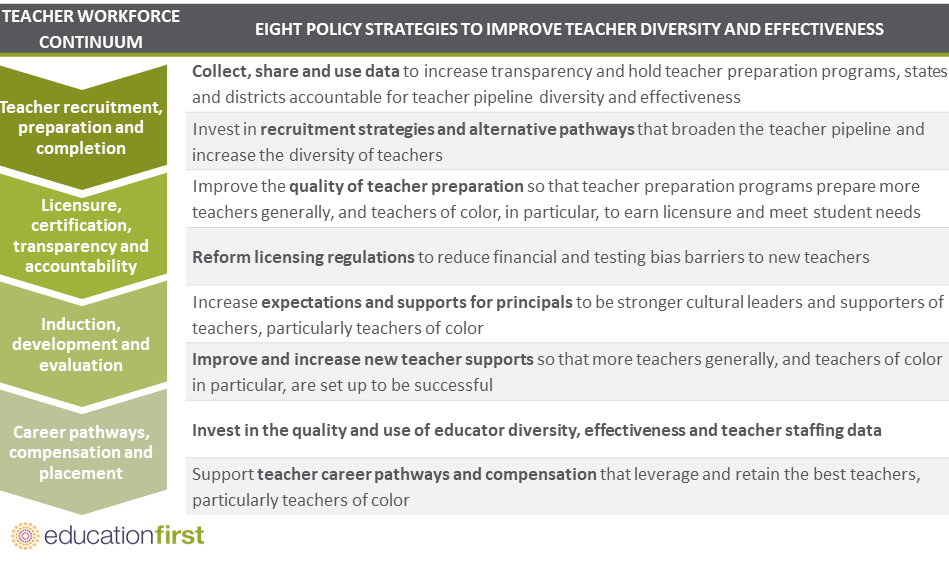After several weeks of Black-led organized demonstrations since the murders of George Floyd and Breonna Taylor, education agencies and organizations across the nation scrambled to make statements condemning racism and affirming that Black Lives Matter. While reading these statements, I couldn’t help but wonder, “But where are all the Black teachers in your schools or Black representation in your organization and leadership?” Here’s why.
In 2006, I was admitted into a highly selective summer STEM program for high school students from low-income families. At orientation, I was told that in order to participate in the program I would have to cut my hair that I’d been growing for the past 5 years. In fact, I was told that I needed to take my braids out right then and there in real time. Sitting across from my mother, who was in full support of whatever I decided, I cried and we took out every single braid. She and I both understood the possibilities for economic mobility that participating in this program could provide for a Black child like me. Hair grows back, but that’s not the point. It was the first time I’d been explicitly told successful people don’t look like me, and it was jarring.
Fortunately, I grew up surrounded by Black educators and other role models who could affirm me despite what had happened. Unfortunately, this isn’t the case for many Black and Brown students, many of whom who are enrolled in schools without a single educator of the same race or ethnicity. Today, 80% of the teacher workforce is White. By 2026, students of color will make up 54% of our country’s public school students, and there will be a limited supply of teachers of color to educate and affirm them.
Despite this reality, the research is clear. An increase in teacher diversity, specifically Black teachers, is linked to increases in academic success and social and emotional development for all students, especially students of color. Questioning the ways in which Black teachers have been systematically deemed less capable and even unfit to lead our schools is difficult. However, now is the time to examine the role our education system has played in perpetuating systemic racism and reproducing inequality, and more importantly, what actions leaders can take now to address the damage that has been done.
We at Education First conducted a national landscape scan on policies that influence teacher diversity and interviewed more than 20 organizations, including philanthropic and nonprofit organizations as well as state and local education agencies. We identified eight policy strategies state education leaders can implement to increase and retain diverse and effective teachers. We used Education First’s synthesized teacher workforce policy continuum to organize our findings and determined that a single policy change within one component of the teacher workforce continuum is unlikely to be effective on its own. Rather, a multi-pronged policy approach that influences one or more components of the continuum is required to sustain teacher effectiveness and diversity efforts.

We have developed a brief self-assessment you and your team can take to understand how you’re doing in implementing these recommendations. In addition, we’ve been listening to the experiences of education leaders who are successfully prioritizing a focus on teacher diversity to better understand their efforts and will bring these perspectives to you in a series of blogs over the next few weeks. We will share perspectives from LEA, SEA, advocacy and philanthropic leaders and will include key actions within each strategy state leaders can take to help their SEAs and LEAs make progress.
School systems are facing difficult questions that need immediate resolutions as they prepare to open schools in the fall. One of those questions is how they will address the inequitable gaps in education that COVID-19 has exacerbated. Improving the diversity of the teacher workforce is one solution because it is critical to creating a better, equitable and more just future for all children. The time is now to ensure Black and Brown children see not only windows into other worlds, but also mirrors that reflect the richness and beauty of their own culture. We cannot afford to let this opportunity pass us by. You as education leaders across the nation will play defining roles. Will you seize the opportunity to elevate Black teachers with Black children? Education First stands ready to help.
In sum, teachers matter, but in particular, Black teachers matter. Therefore, any serious strategy that focuses on equity for students of color during and post COVID-19 must include teachers of color, but especially Black teachers, as an essential component.
Please contact Rashidah Morgan to discuss teacher diversity.

